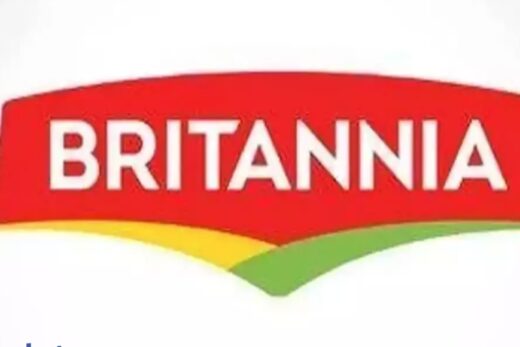“Our concerns range from elevated energy and broader input price pressures applying downward pressure to margins, the current account balance and thus currency outlook, the withdrawal of RBI stimulus, and a lack of upside implied by Indian equities’ typical macro drivers,” CLSA said in its recent note. It has taken India to a 40% below benchmark allocation.
CLSA also noted that India is the leader when it comes to US dollar performance in the Asian equity market, delivering a return of 147% since the pandemic hit in March 2020. “Among the larger emerging markets, it has been outpaced only by net energy exporting countries,” it said.
Energy prices in India have been on the higher end of the spectrum. CLSA says that ‘elevated’ energy prices have typically spelled the end to Indian equity rallies. The soaring input pressure costs, which many FMCG companies like HUL, Nestle, Dabur, Eicher Motors have recently flagged, pose a threat to margins. CLSA says the companies’ struggle to pass on the spike in input costs ‘swiftly’ threatens margins.
On the macro front, along with the inevitable withdrawal of the stimulus programme by the Reserve Bank of India, CLSA sees no upside potential for MSCI India. CLSA has forecast that the loan growth in India will remain at or below the pace of nominal GDP for the medium-term as the undercapitalised public sector banks continue to constrain Indian economic output as they struggle to meet the demand for credit extension.
CLSA has also flagged the fact that unlike previous episodes of Indian equity outperformance, this latest phase has not been characterised by superior value creation.
Recently, Goldman Sachs had said that the Indian markets could consolidate over the next 3-6 months and underperform the broader region. “We prefer banks, commodity, real estate and infrastructure-related sectors and would suggest investors focus on intra-market opportunities,” it said.



